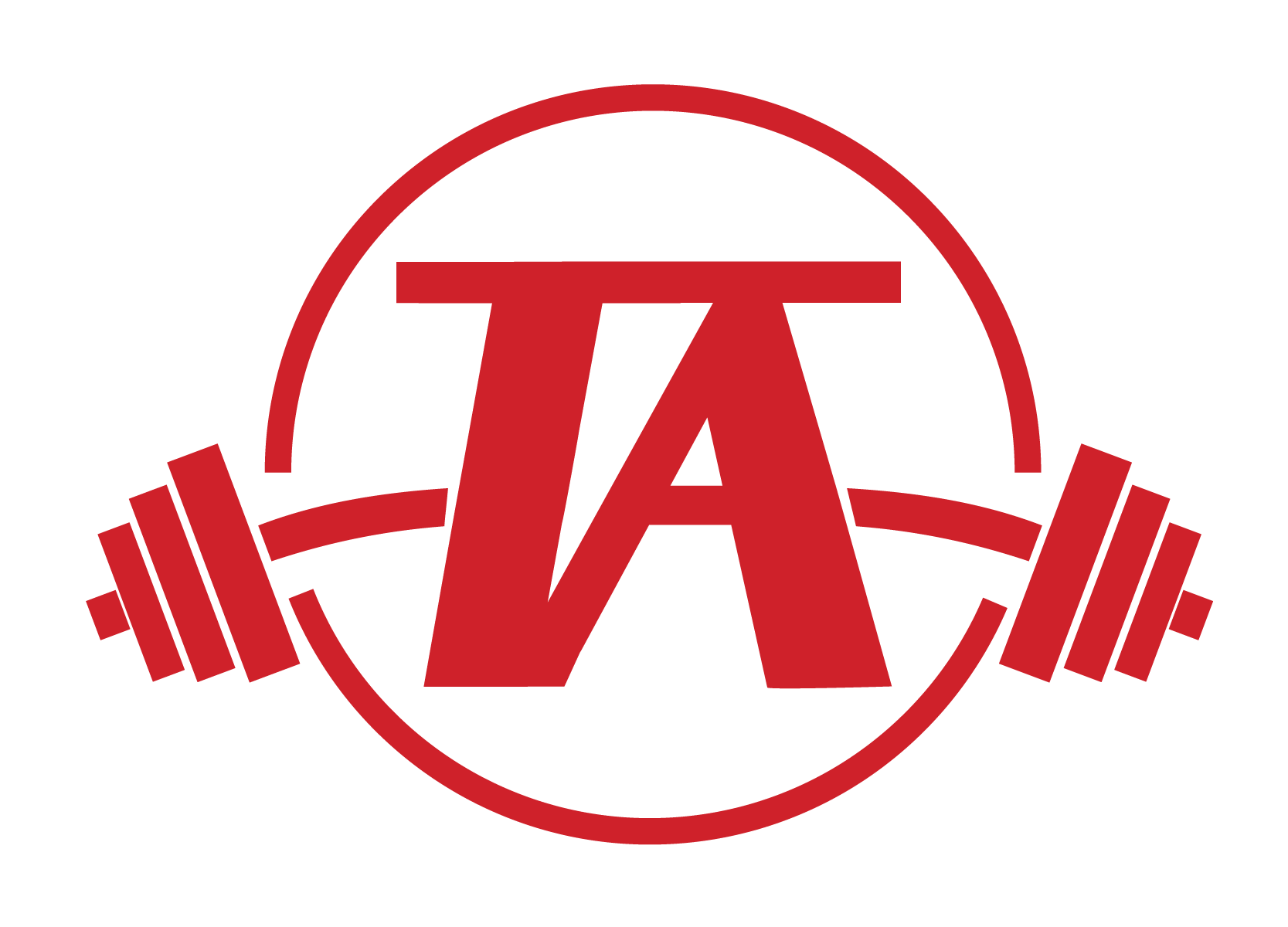I’m not here to demonize the crunch, but for most people there are safer and more effective movements that can be done instead-especially if improving athletic performance is the primary goal. Crunches and sit-ups put the spine in a flexed (bent) position, and place about 750 lbs. of compressive force on the spine in this position (McGill, 2009). This force can push a disc’s nucleus to the point that it bulges and pushes on the nerve root causing pain (McGill, 2009). Doing “abs” isn’t enough, to perform at a high level you have to train core stability.
In order to safely and effectively produce force your spine needs to be stable. Stabilizing the spine there there are a lot of “core” muscles keeping you in a neutral spine position, and they need to be strong in order to handle the demands of training and competition. In pretty much all sports, force is produced proximally to distally-meaning that you need to have a braced, stable core before you can do much else. Think about how hard it would be to squat 500lbs while standing on a stability ball. Without stability it’s tough to express strength and power.
To have a well rounded core stability program you need: Anti-extension exercises, anti-flexion exercises, rotary stability exercises, and anti-lateral flexion exercises.
Anti-Extension
These exercises help you resist hyperextension of the lumbar spine, which is hugely important for injury prevention. The lumbar spine is meant to be a stable joint with relatively little movement occurring there. So, exercises in this category can help not only with the strength of the muscles needed to keep the lumbar spine stable, such as the rectus abdominus, transverse abdominus, and erector spinae, but also with proprioception. Prone planks fall into this category and are a basic starting point for many people, and even as you progress in the gym, plank variations should remain a staple of your core stability training. As you improve your core stability you can make planks more challenging by making them single leg planks, or adding movement of the arms or legs.
The most advanced plank: the cake plank.
Anti-Flexion
These exercises help you resist flexion (rounded back) of the spine. Loading a flexed spine can lead to greater injury risk and less efficient and powerful movements. Not all spinal flexion is bad (think finishing a pitch), but it’s not a position we need to hang out in all the time. Deadlifts are a great example of this. Picking up heavy weight with a neutral spine can be a pretty difficult thing, but resisting the urge to round your back will help strengthen these muscles, like the erector spinae and rhomboids (muscles that help you maintain upright posture among other functions) and groove a more efficient movement pattern. Deadlifts aren’t for everyone, so other options to help you resist flexion are goblet squats, or other front loaded movements, and deadlift variations, like RDL’s.
Rotary Stability
These exercises will help you resist rotation, and they generally involve an isometric contraction of the abdominal muscles, especially the internal and external obliques. One of the ways I like to explain these is that they are the brakes for rotation. You need to learn how to resist rotation and maintain good posture before you can learn to safely and efficiently rotate. Pallof presses and side planks are great examples of this, and are two exercises I often start people with before we move on to rotation.
Anti-Lateral Flexion
These exercises will help you resist leaning to one side. Maintaining a neutral spine is important for maximizing the potential energy at the beginning of a movement. 1-Arm farmer’s walks are a good example of this, as they force you to stay upright while carrying a heavy load on one side of your body. Single arm overhead pressing would be a more advanced movement that would fall into this category, but that also combines some of the other core stability aspects as well.
If performance on the field, court, or in the weight room is the goal, try these movements instead of crunches and get a boost!
References
McGill S, 2009. University of Waterloo, Applied Health Sciences
PUBLISHED BY
Tyler Anzmann
View all posts by Tyler Anzmann
Leave a Reply
Your email address will not be published. Required fields are marked *
Comment
Name *
Email *
Website
Save my name, email, and website in this browser for the next time I comment.
Post navigation
WEEK 52: THE YEAR IN REVIEW W/ VIDEO
WEEK 54 RECAP
